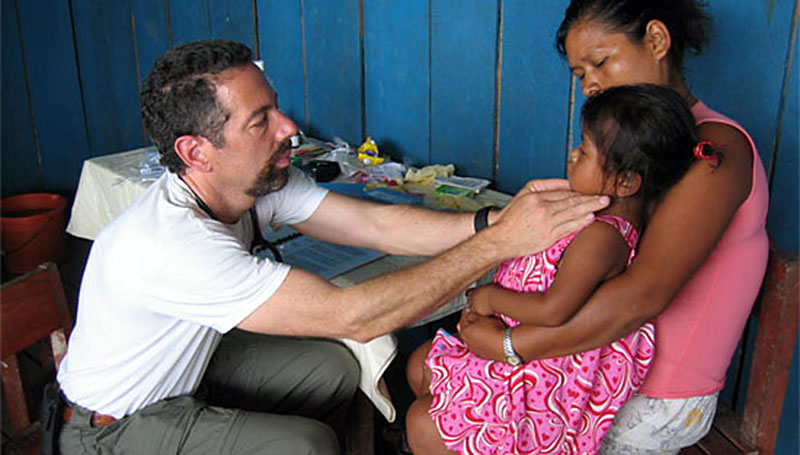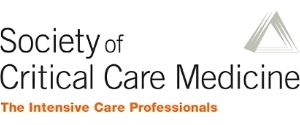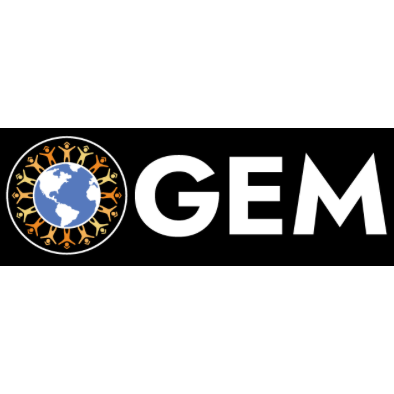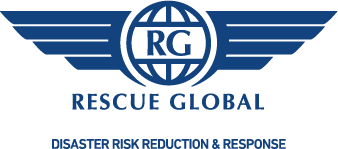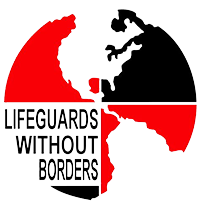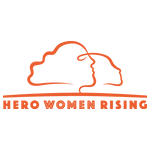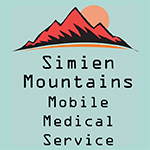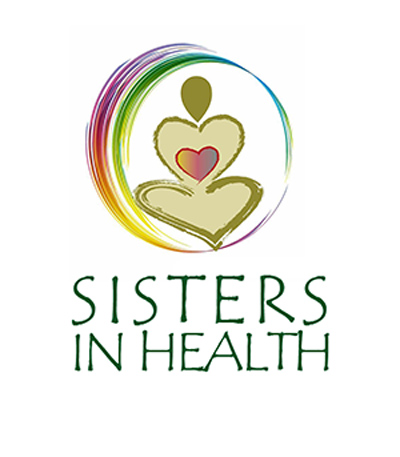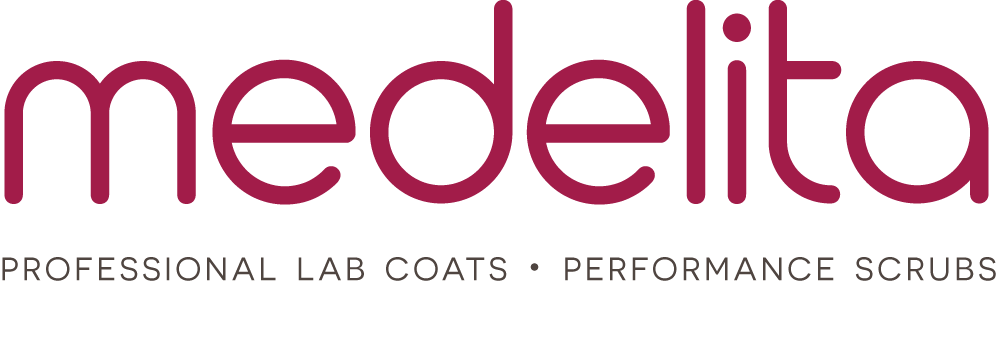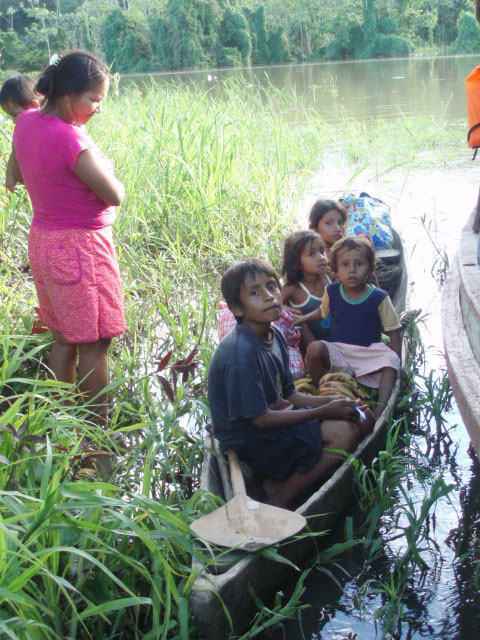
Amazon Jungle, Peru
For Andrew Lustig of Santa Fe, Peru is more than a vacation destination. For the naturopathic doctor, his journey to Peru was an opportunity to help villagers who rarely receive medial treatment.
Although the doctor worked with the nonprofit organization Amazon Promise, his two-week voyage was self-funded. “Amazon Promise is run by Patty Webster along with seven other very smart women from the east and west coasts.”, according to Lustig. Several homeopathic and naturopathic companies donated to Dr. Lustig’s trip thousands of dollars worth of products, including Natural Health Supply of Santa Fe, Integrative Therapeutics, and the Heel corporation.
“I wanted a medical outreach program that was not trying to bring religion to these people, but simply trying to bring help and medicine,” Lustig said.
 About a month ago, the doctor made 24-hour journey to the Peruvian jungle, where he met the other volunteers in the program. There were three main doctors who volunteered, including a Peruvian doctor and a doctor from Albuquerque. In addition, there were four nurses, several translators and a local shaman. All in all, the medical team served close to 700 villagers during their stay.
About a month ago, the doctor made 24-hour journey to the Peruvian jungle, where he met the other volunteers in the program. There were three main doctors who volunteered, including a Peruvian doctor and a doctor from Albuquerque. In addition, there were four nurses, several translators and a local shaman. All in all, the medical team served close to 700 villagers during their stay.
“Since most of the villages were located on the river, we would take all of our medical supplies and travel by boat,” Lustig said. In one case, we carried medical equipment thru the muddy and marshy jungle for almost an hour to reach a village. The volunteers traveled to eight villages throughout their stay, setting up clinics and delivering medical supplies along the way.
I wanted a medical outreach program that was not trying to bring religion to these people, but simply trying to bring help and medicine.”
“The only way to get products into the jungle was to carry them by hand,” Lustig said. “I had to unwrap the medical supplies, and repackage them smaller to fit into my bags.” Airport security was somewhat difficult with the amount of syringes, etc that he was carrying, as well.
Each of the clinics were held in the only concrete building in the village—the government-built schoolhouse. The benches and desks were used as examining tables and the villagers who needed medical care lined up outside the schoolhouse.
“The villagers don’t wash their hands before they eat, and do not have refrigeration for the fish they catch, and don’t boil their water. They also bring parasites into their stomachs,” Lustig said. “We saw many patients who had distended bellies.”
From parasites to missing fingers, the doctors saw various maladies among the villagers that had been caused by their way of life.
“The water in the villages is not clean, and since it is not in their culture to take the time to boil water, many of the villagers suffer from severe dehydration,” Lustig said.
The doctors also saw many villagers who had cataracts caused by the strong sun near the equator.
“Even though we would supply them with sunglasses, it is not in their custom to actually put them on,” said Lustig.
“The villagers’ lifestyle does not include maintaining hygiene,” Lustig said.
 “We went to one village where the roadway was a waterway, and the way you get to the houses is by walking along wood planks,” he said. “Under the planks is an open cesspool where the villagers would throw all of their garbage and human wastes. The children of the village would swim underwater in the cesspool, but their bodies had developed immunities to the water.”
“We went to one village where the roadway was a waterway, and the way you get to the houses is by walking along wood planks,” he said. “Under the planks is an open cesspool where the villagers would throw all of their garbage and human wastes. The children of the village would swim underwater in the cesspool, but their bodies had developed immunities to the water.”
Even though the doctors spent most of their time setting up clinics and ensuring that all of the villagers who needed help received treatment, they found time to interact with the villagers in different ways. “There was one village where we played volleyball with the children,” Lustig said. “They don’t have electricity or running water, but they have nets and balls. We had a blast playing with them.”
The villagers were grateful for the doctors, and always welcomed them when they entered the village.
“The villagers were always happy to see us,” Lustig said. “The bracelet I’m wearing is made of seeds, and it is one of their many tokens of appreciation.
“They were not expecting anything, they didn’t demand anything, they just appreciated and took. They just smiled, thanked us, and assisted us when we needed help.”
